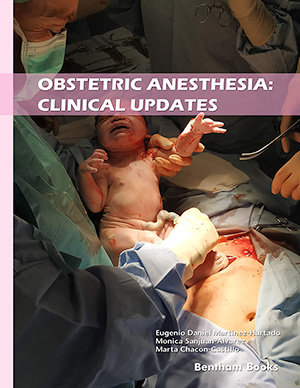Abstract
Labor pain is associated with increased stress response and when it is
excessive, it may lead to hypoxemia and fetal acidosis. The most important factor in
obstetric analgesia is the desire for pain relief by the patient and neuraxial analgesia is
the mainstay procedure in labor and in anesthesia for cesarean delivery. Continuous
lumbar epidural analgesia is the mainstay of neuraxial labor analgesia. There are other
methods, such as intrathecal block or combined spinal-epidural, that can be useful in
specific cases. Despite being the safest and most effective method, the epidural labor
analgesia may have some complications. Other therapies include bilateral paracervical
block and pudendal block, which provide rapid onset analgesia (2–5 min). Although
useful, they require training and are risky in cases of placental insufficiency or
prematurity.
Keywords: Adverse Reactions, Central and Peripheral Blocks, Labor Pain, Local Anesthetics, Neuroaxial Analgesia.






















